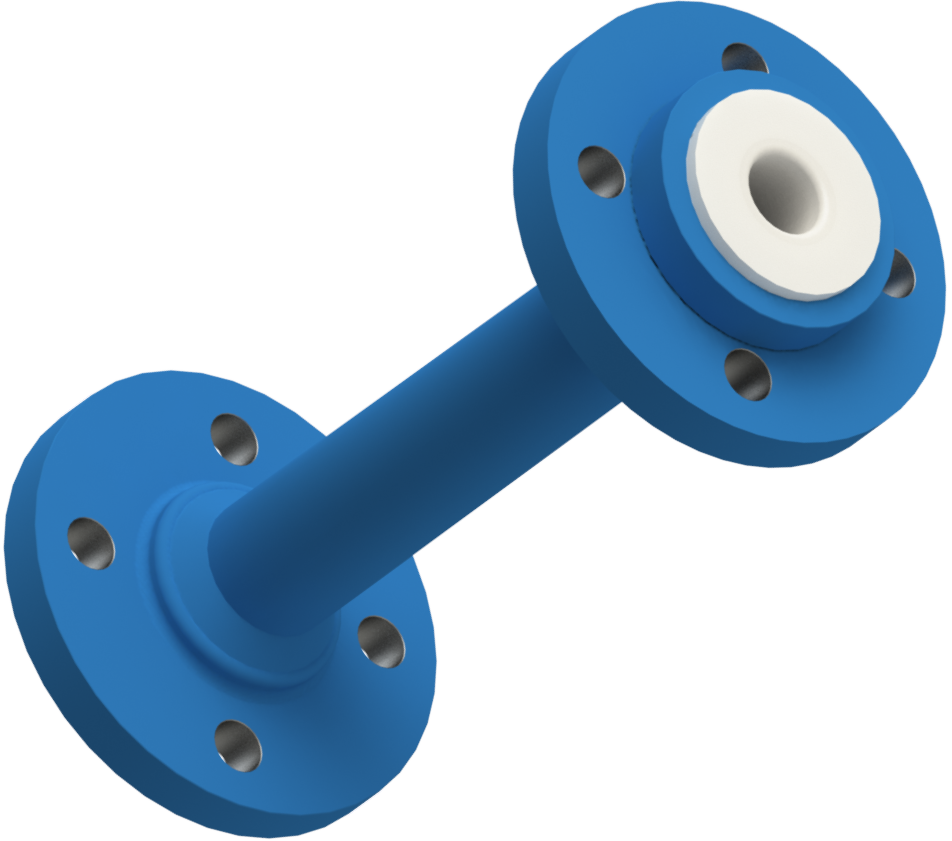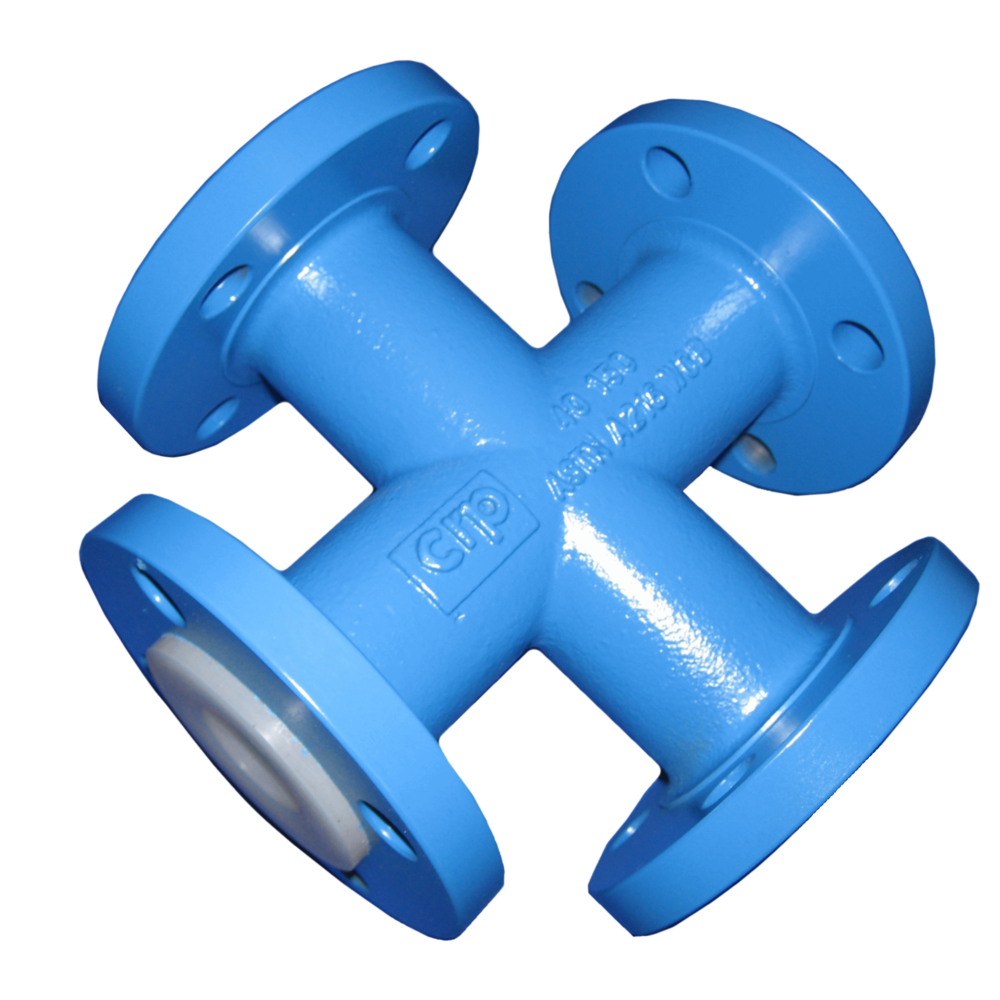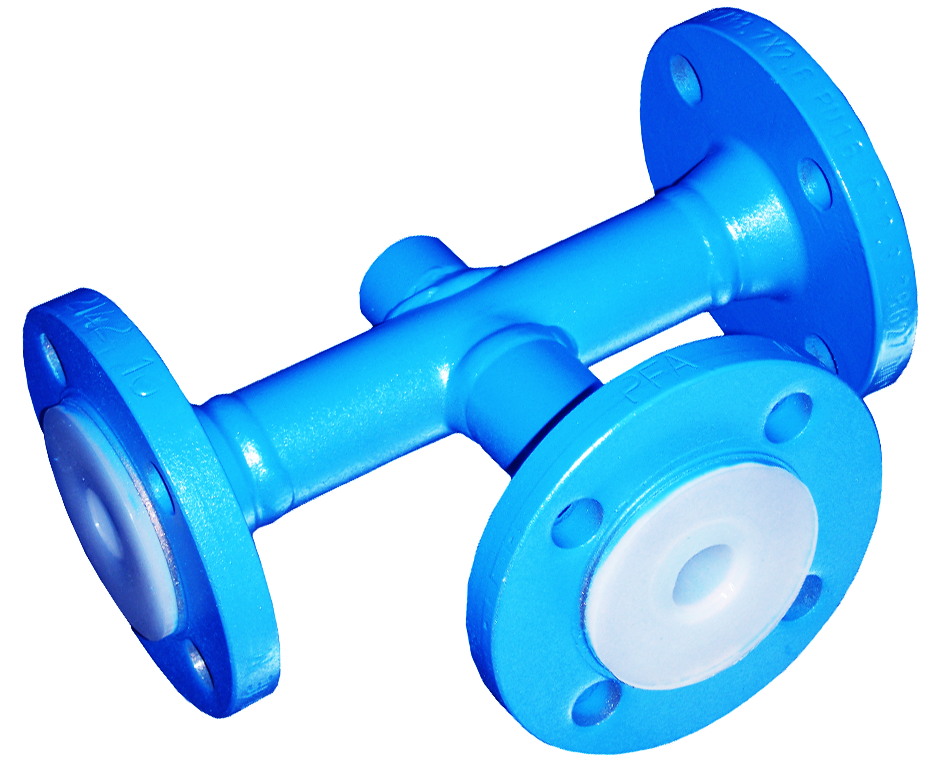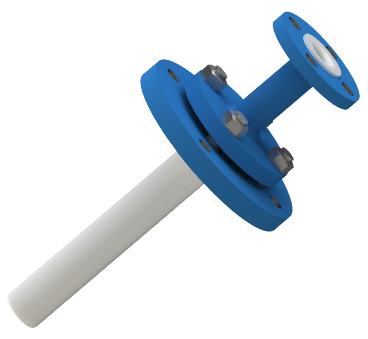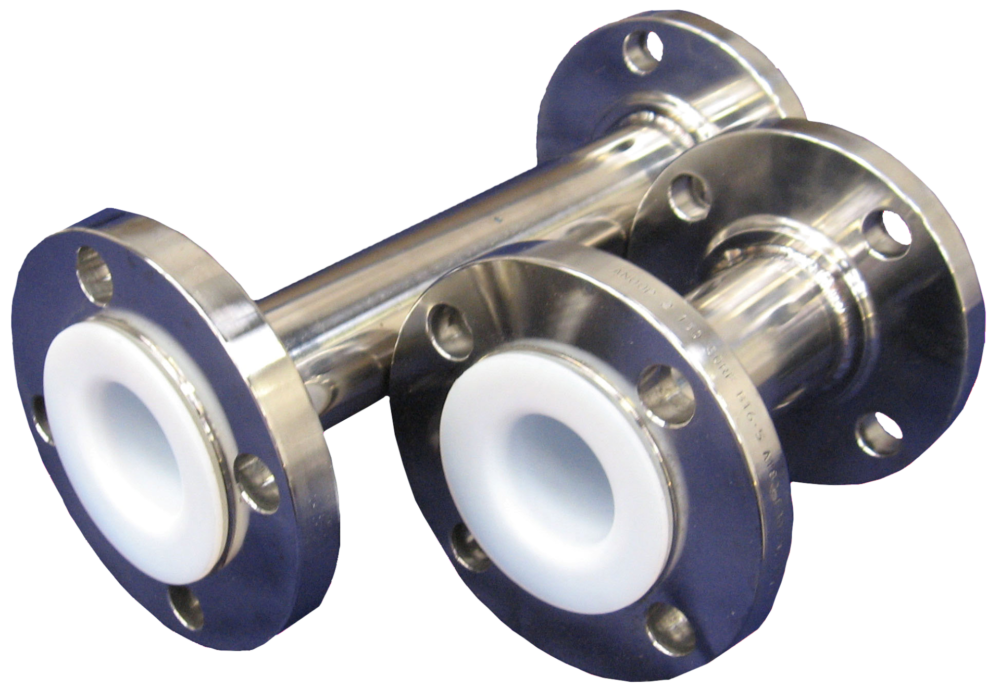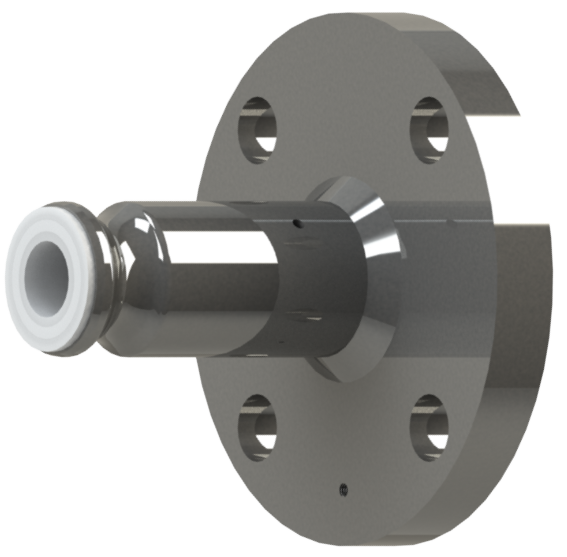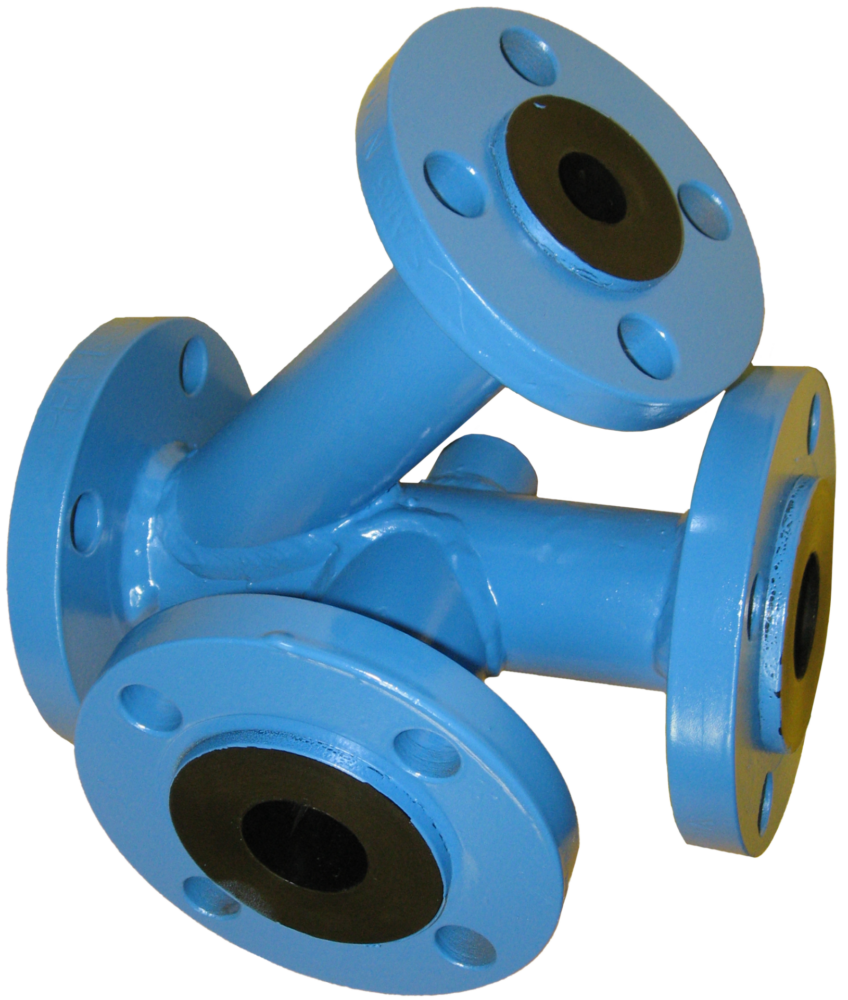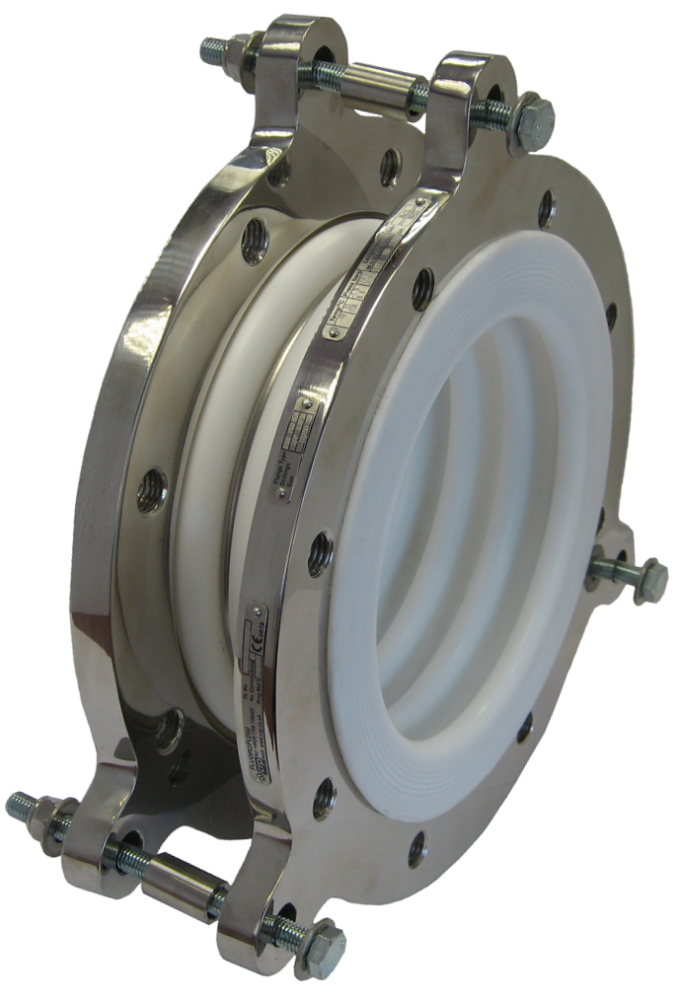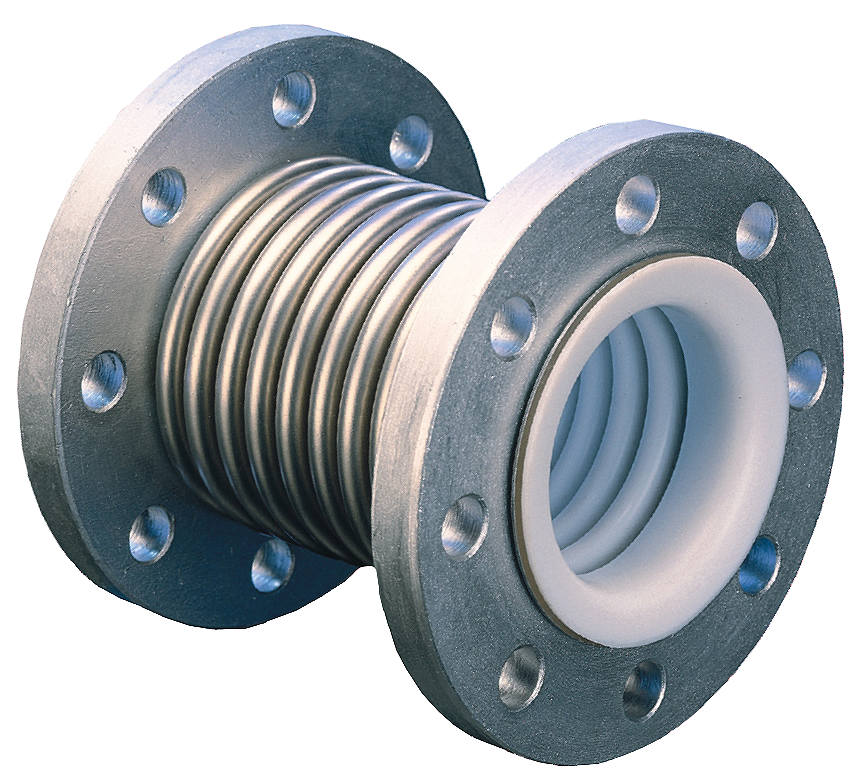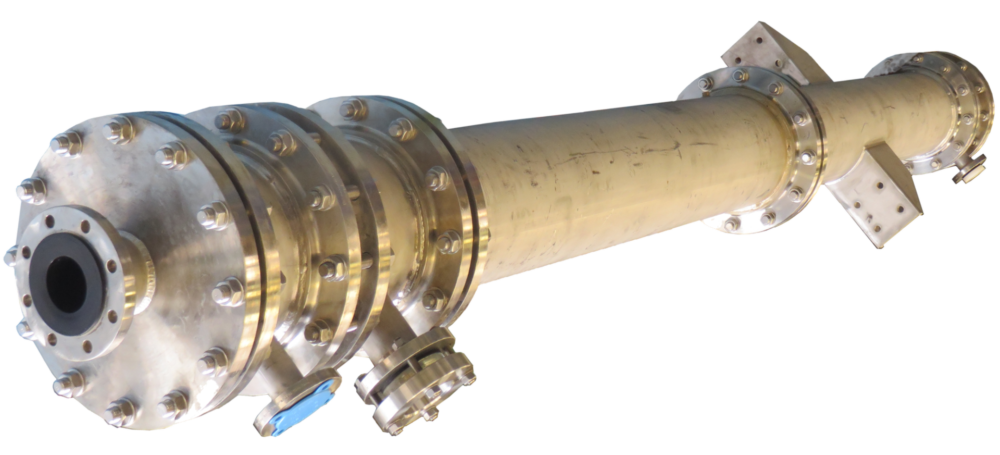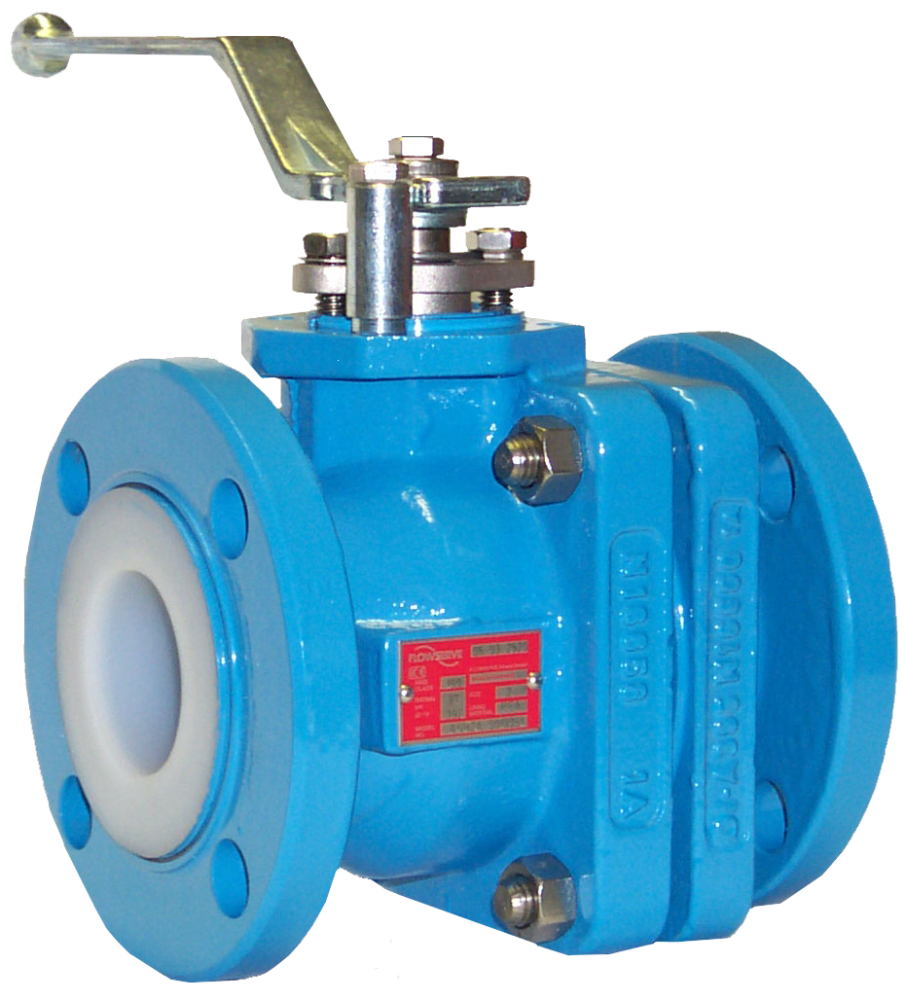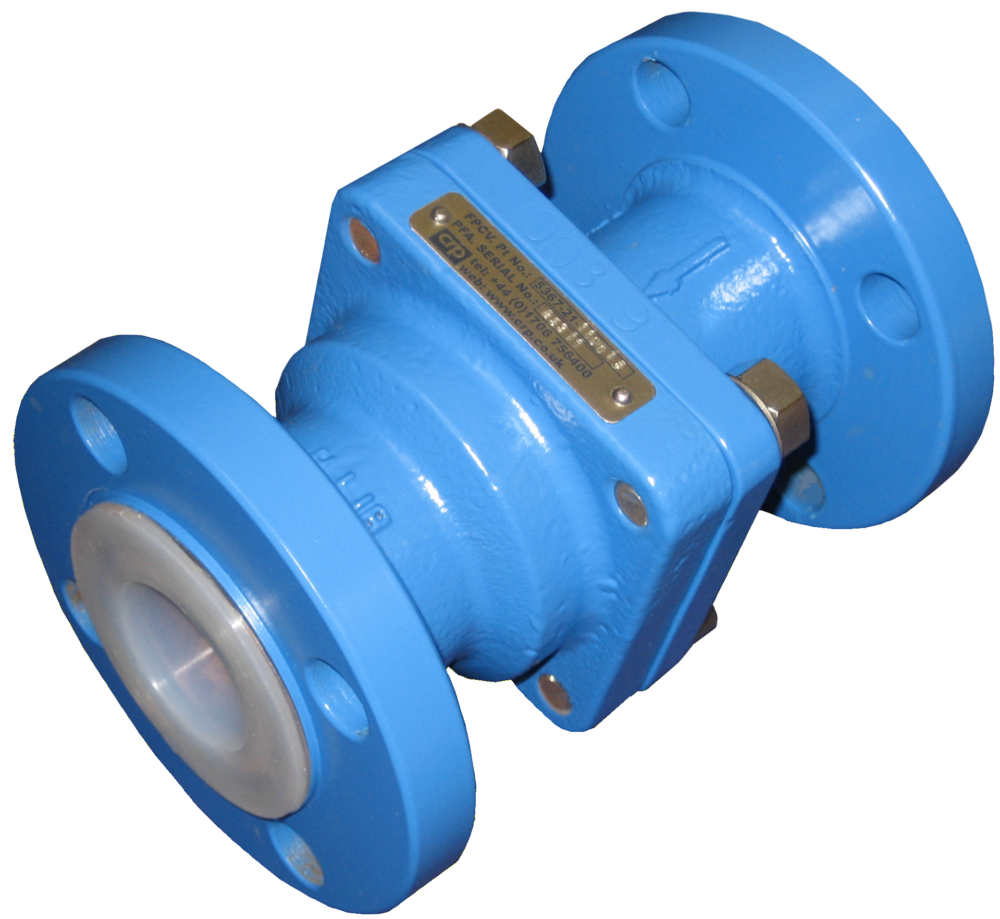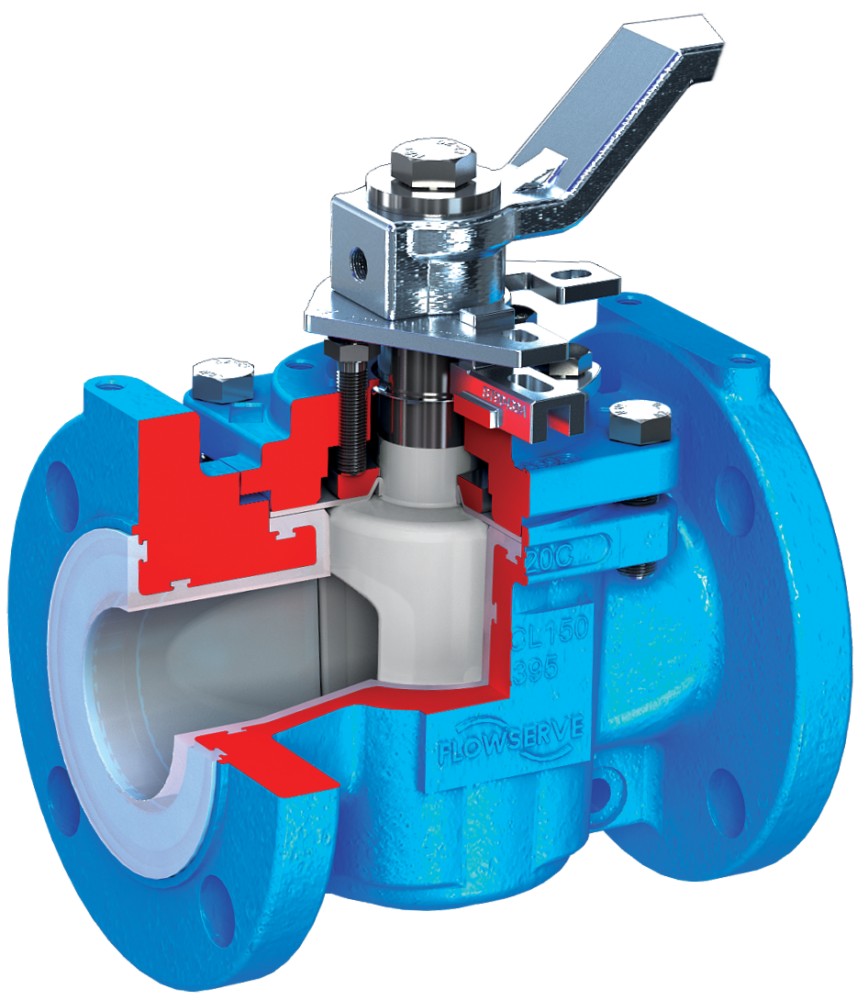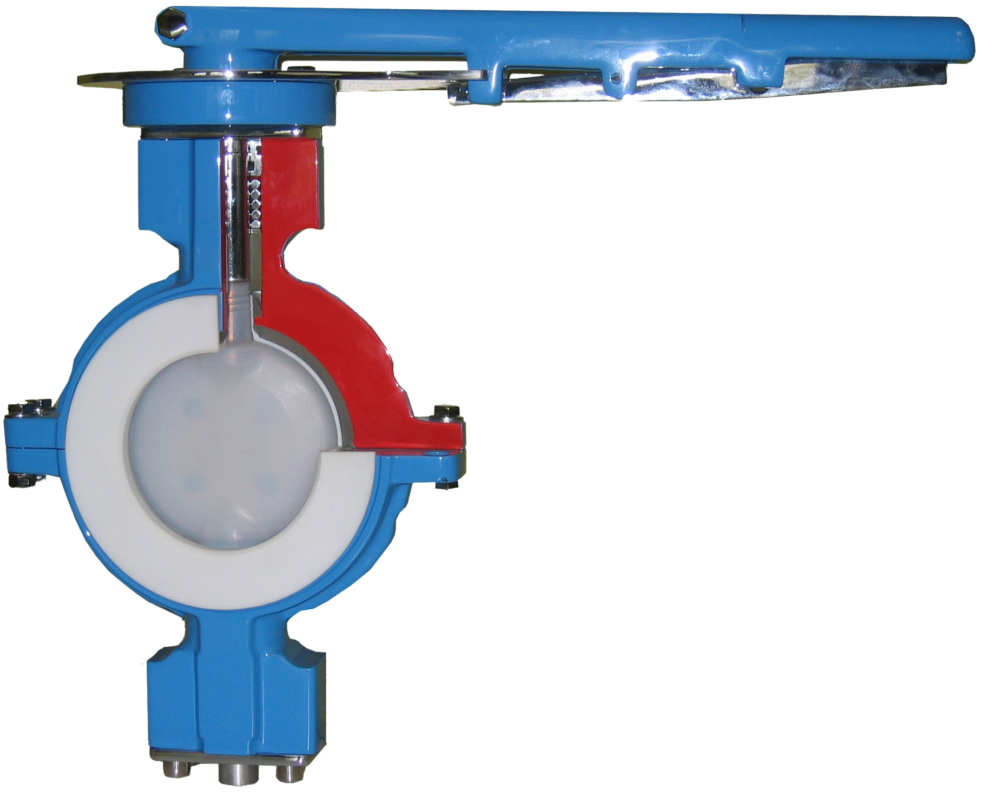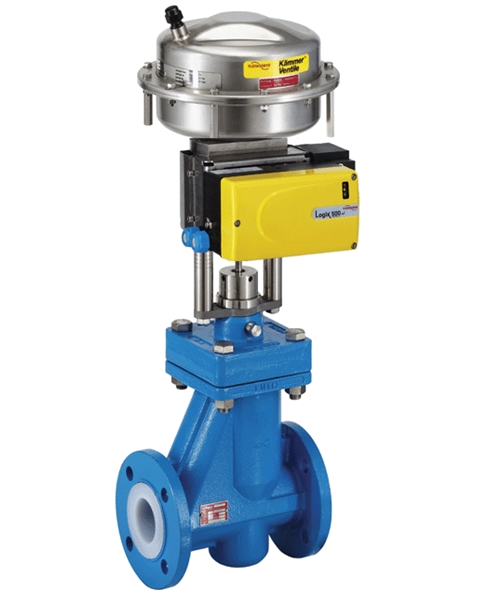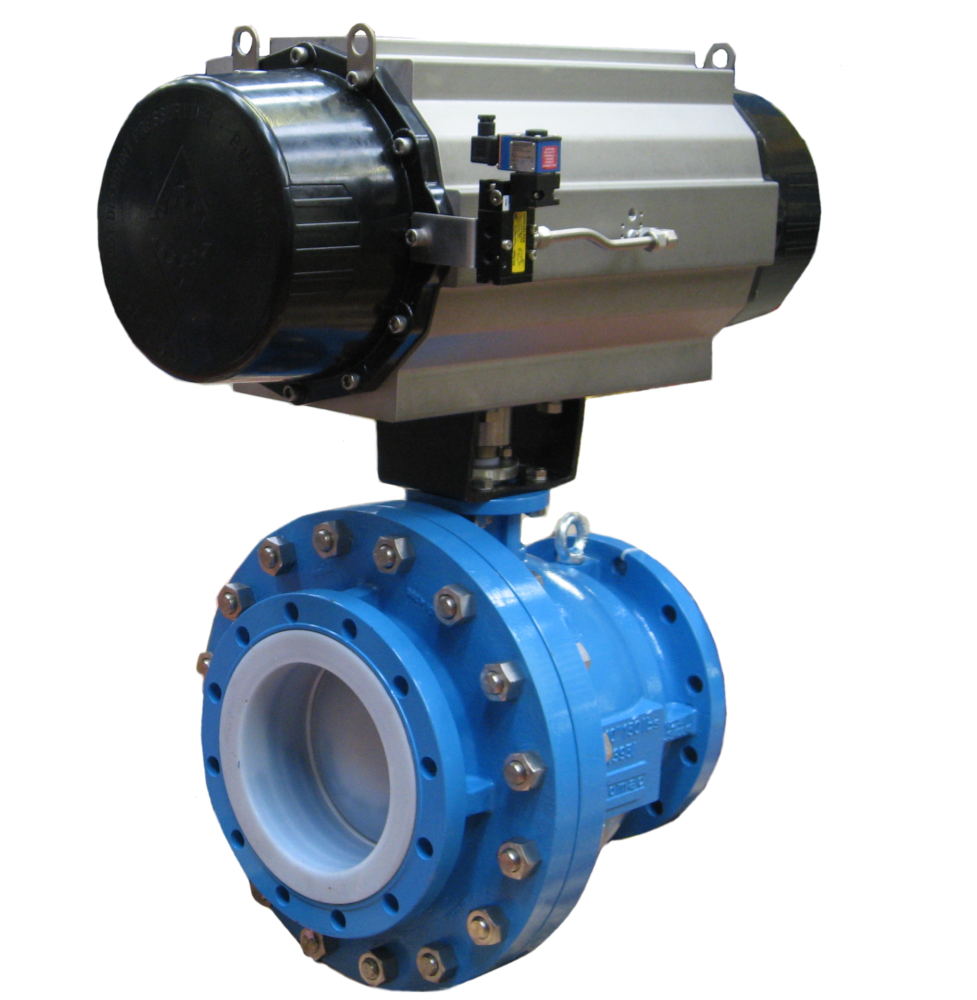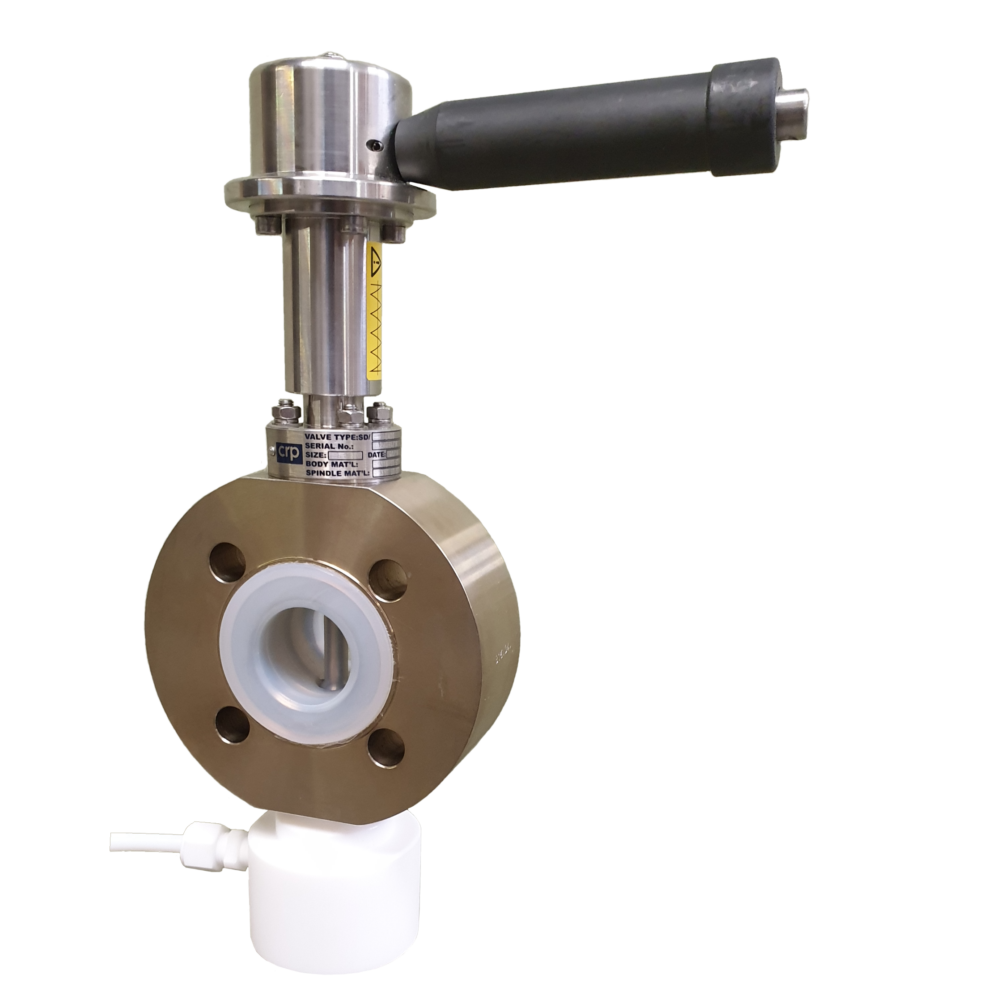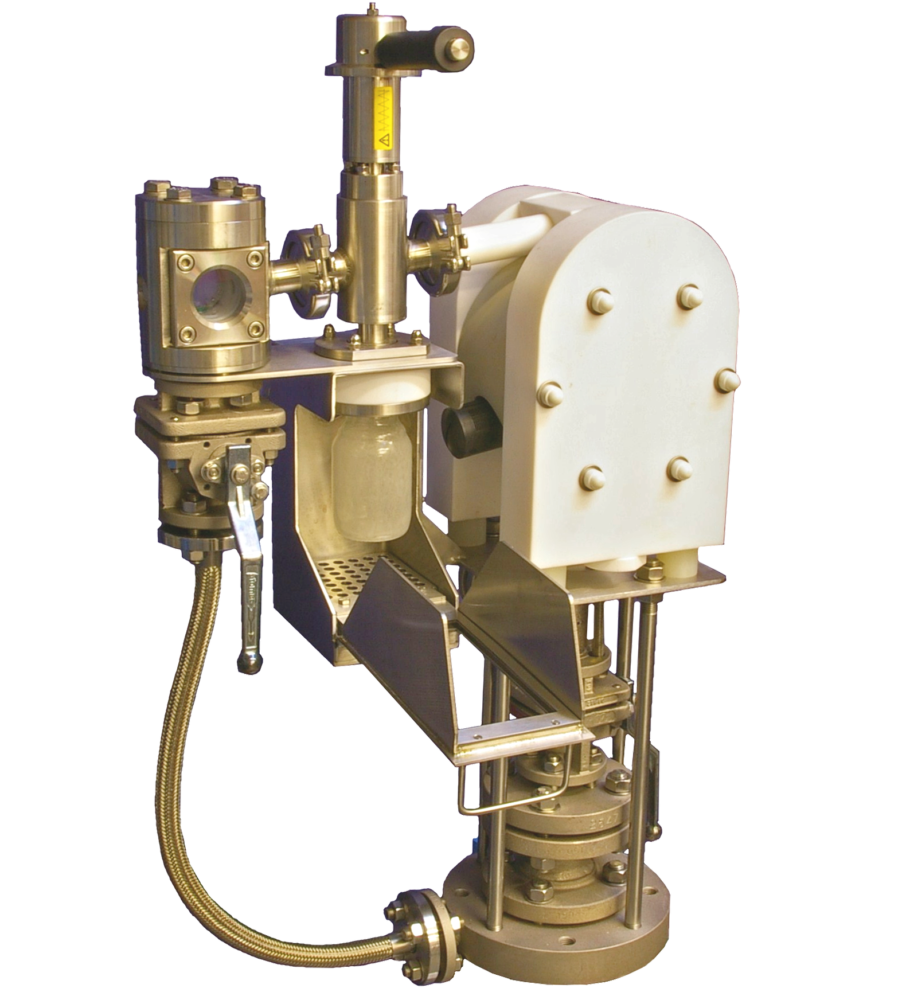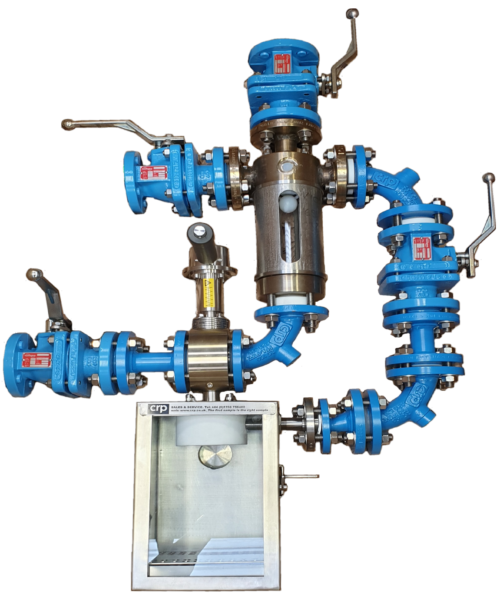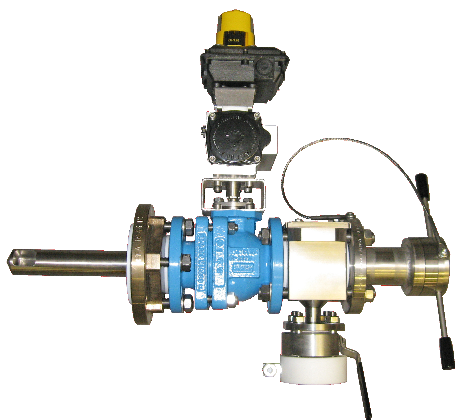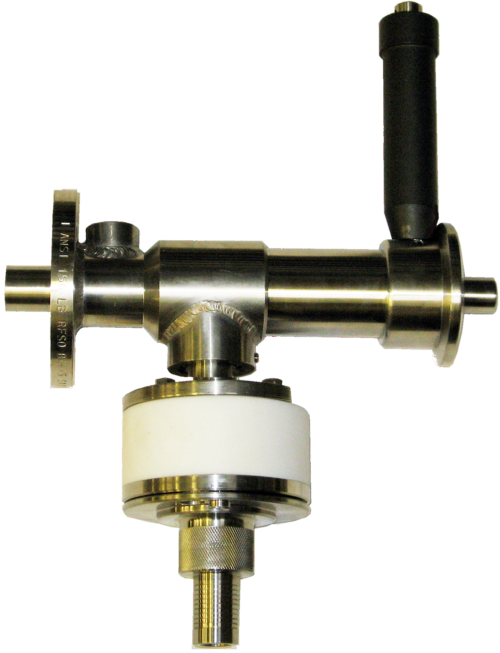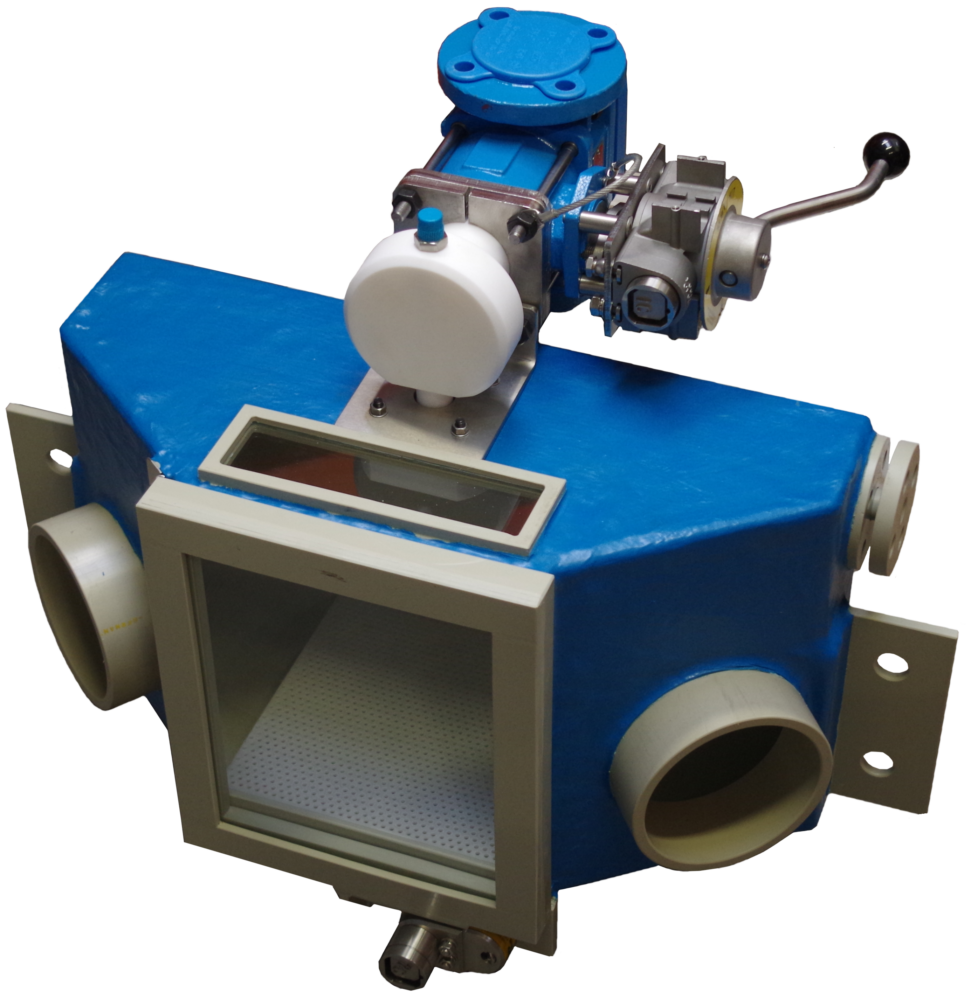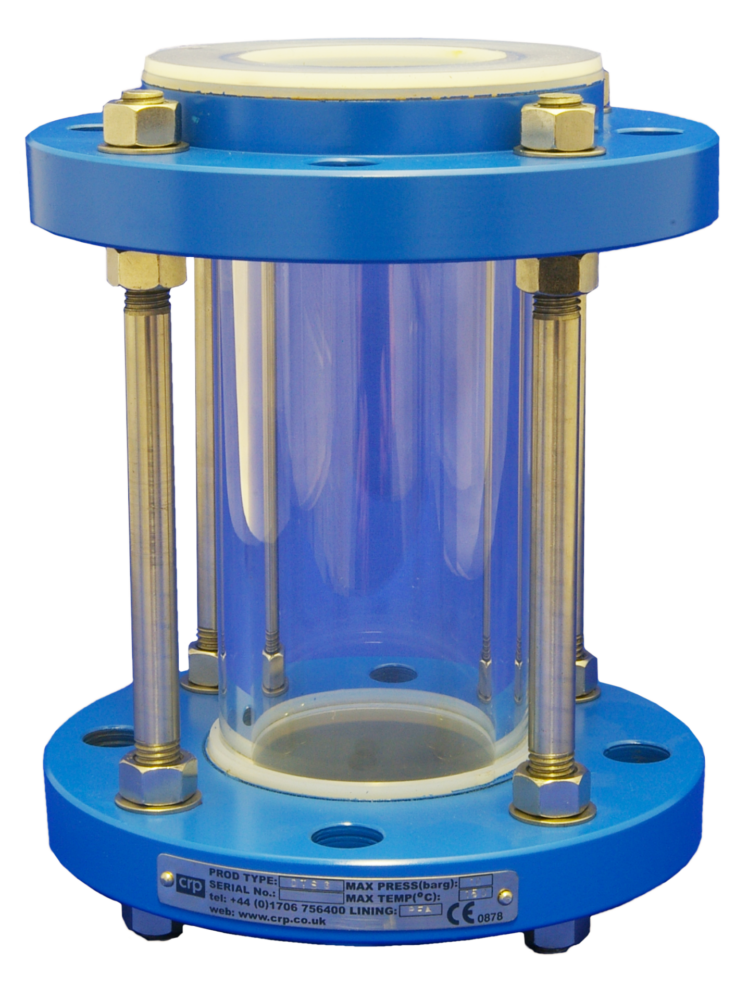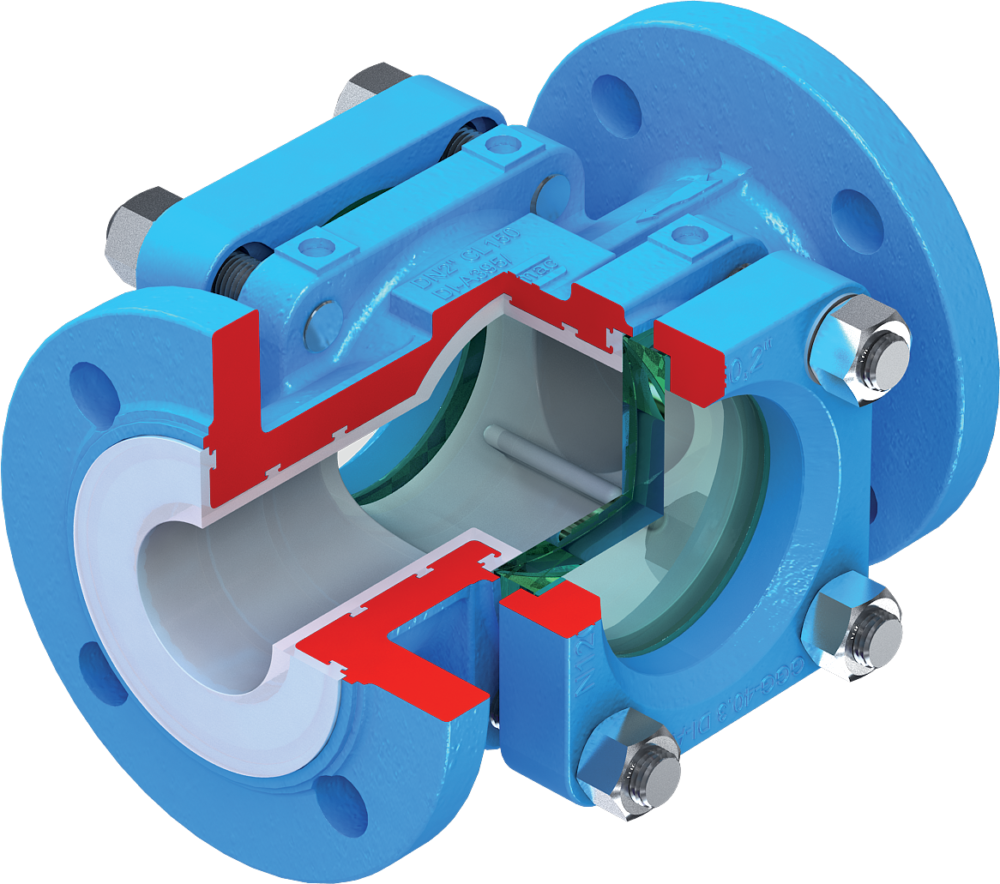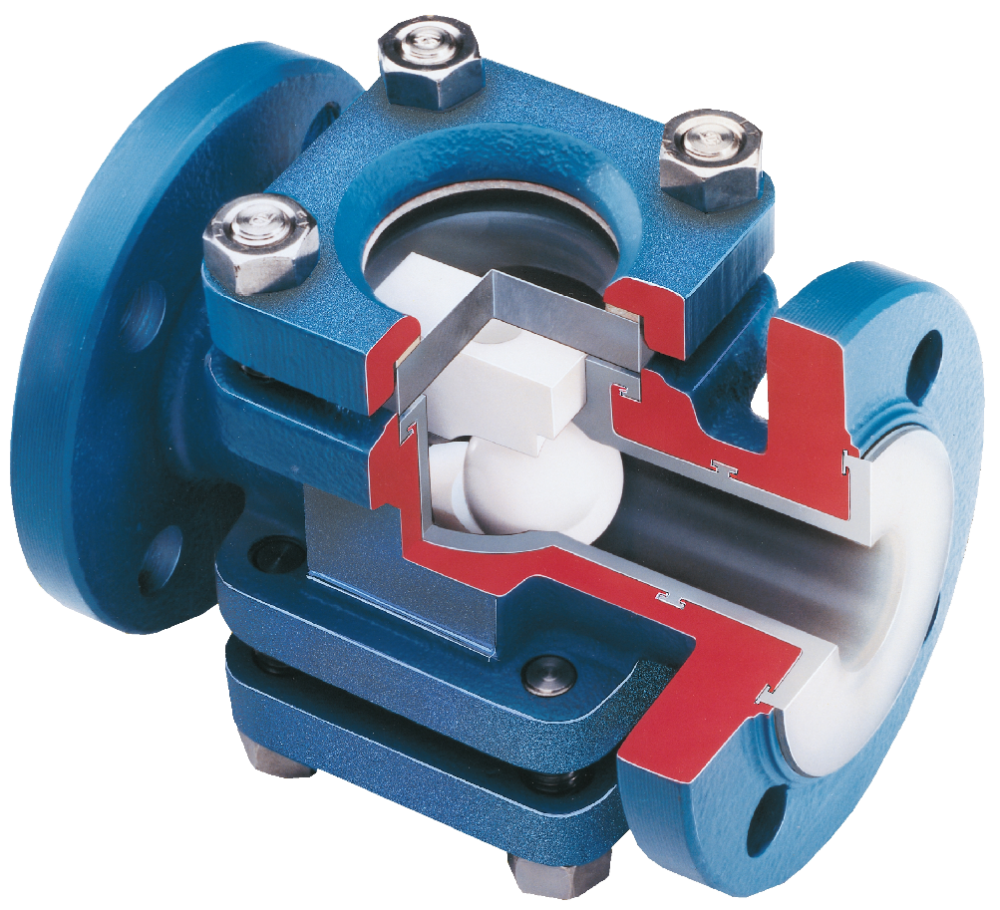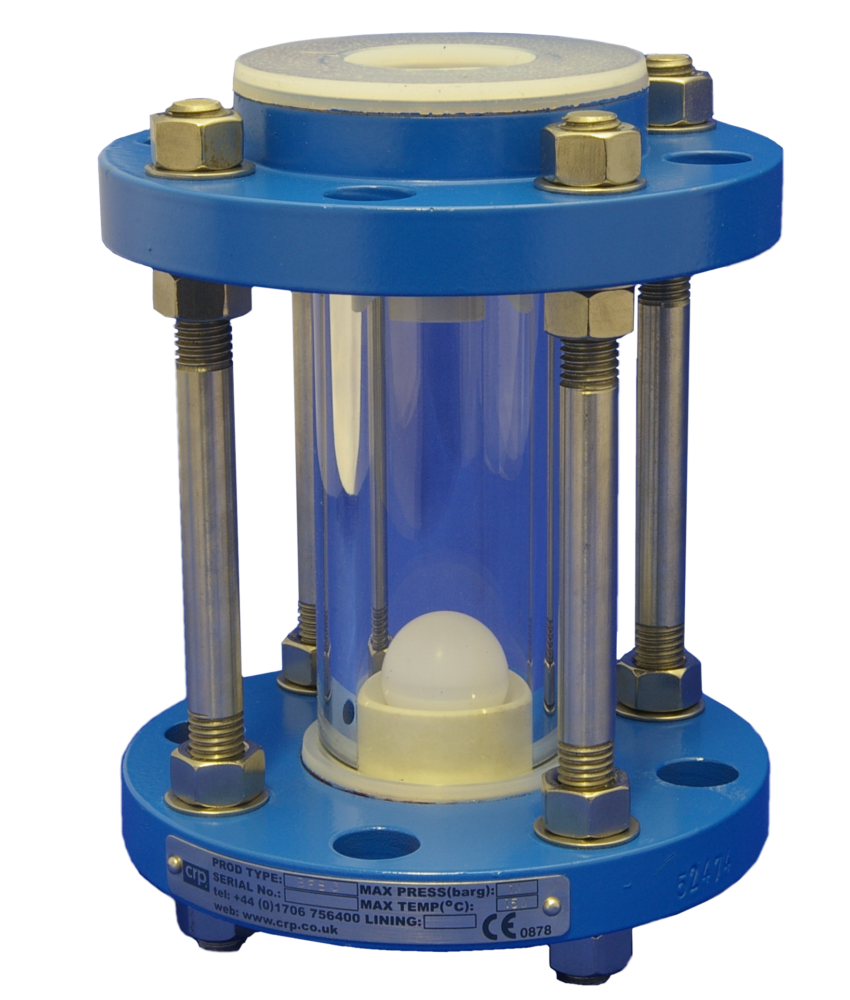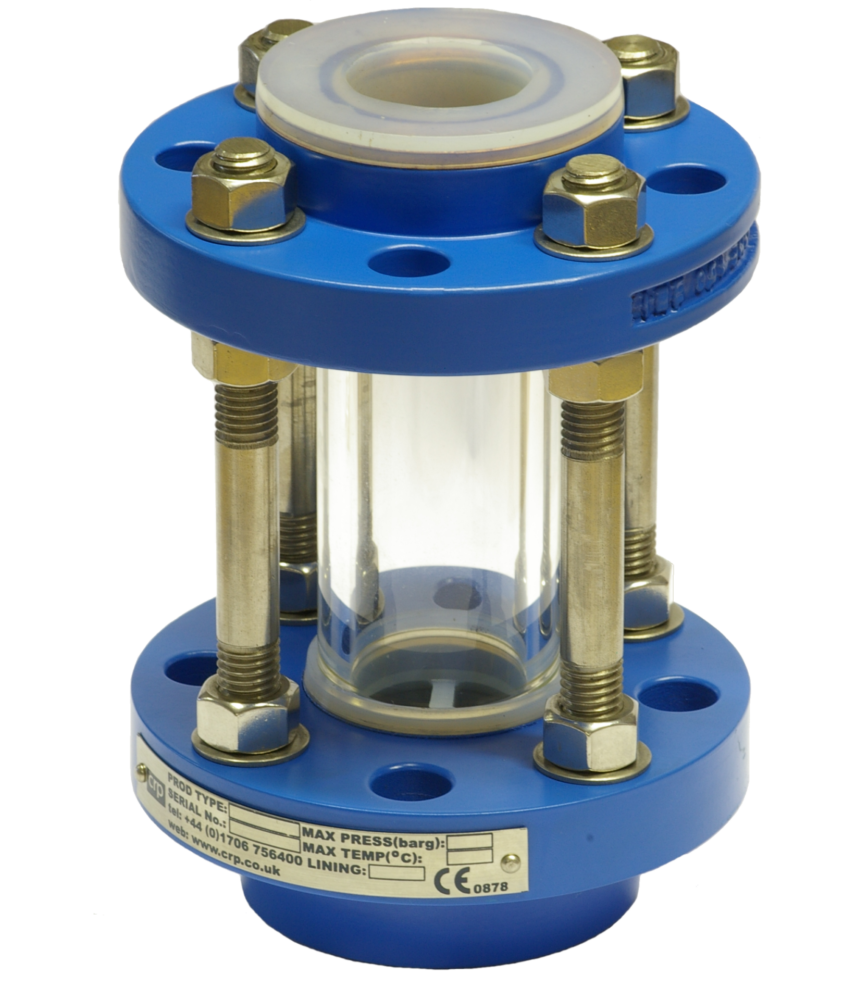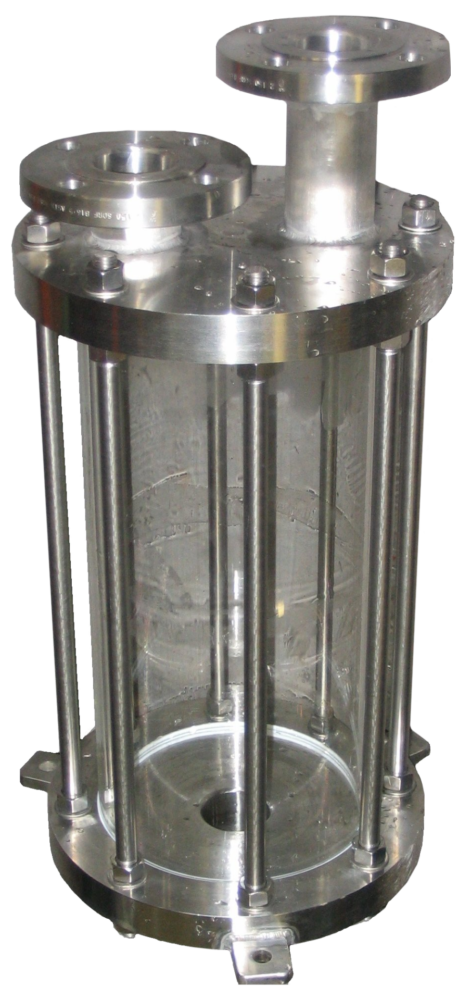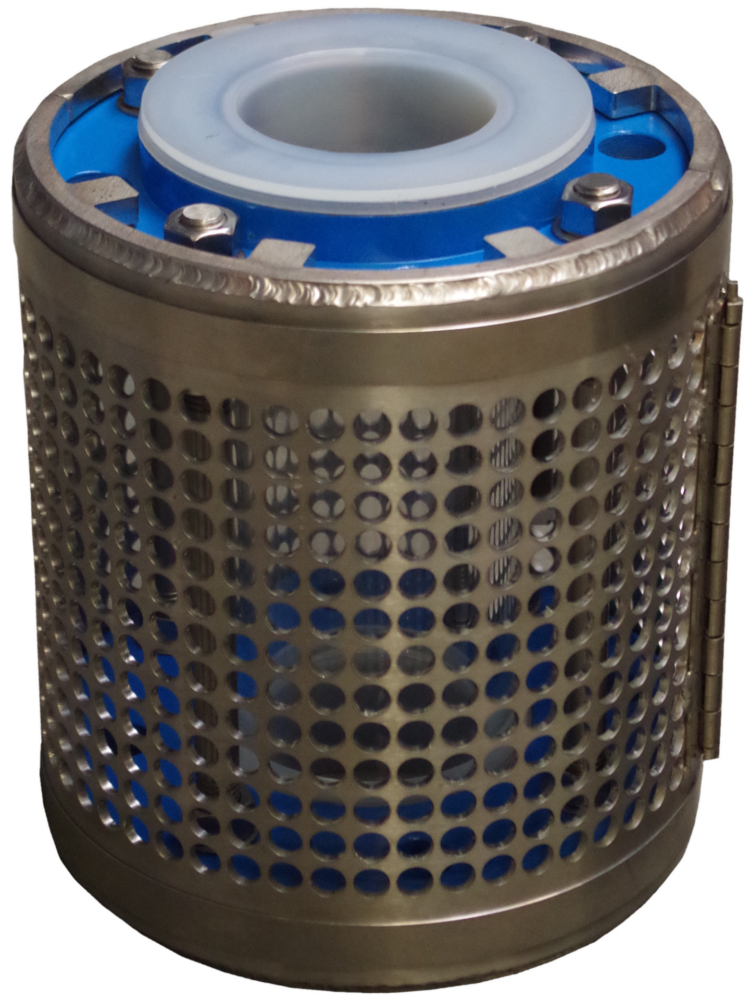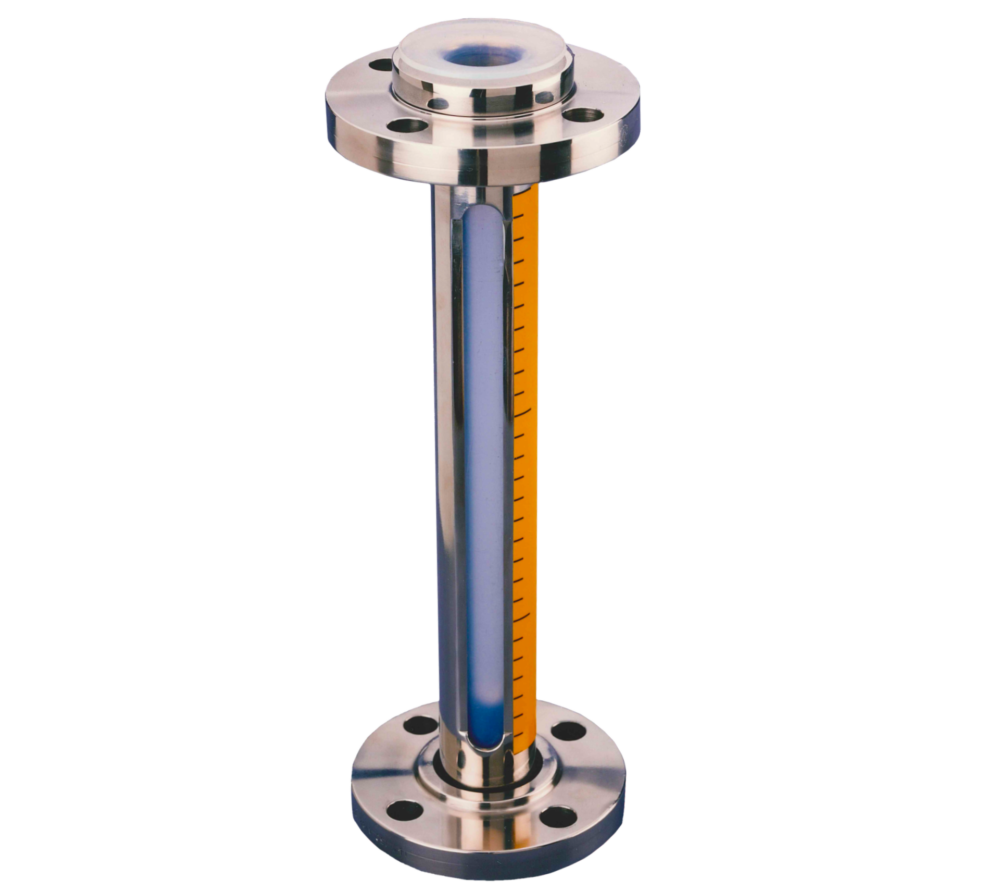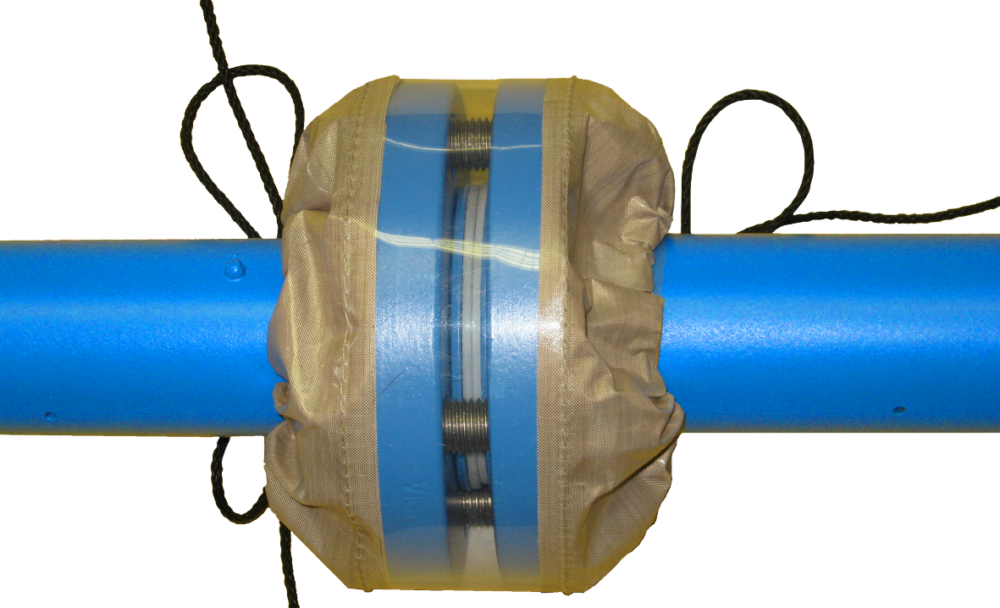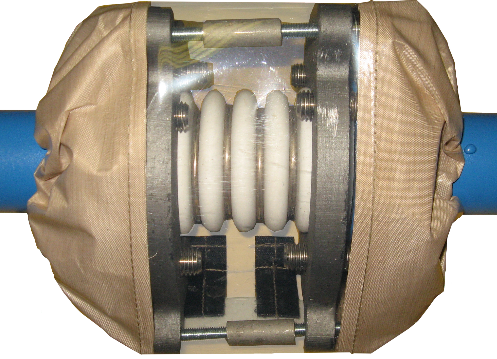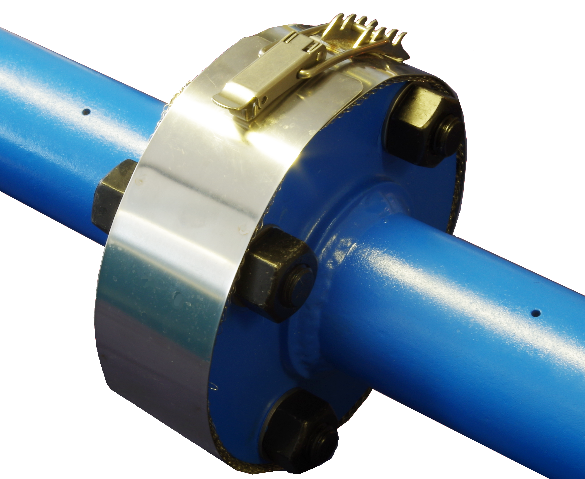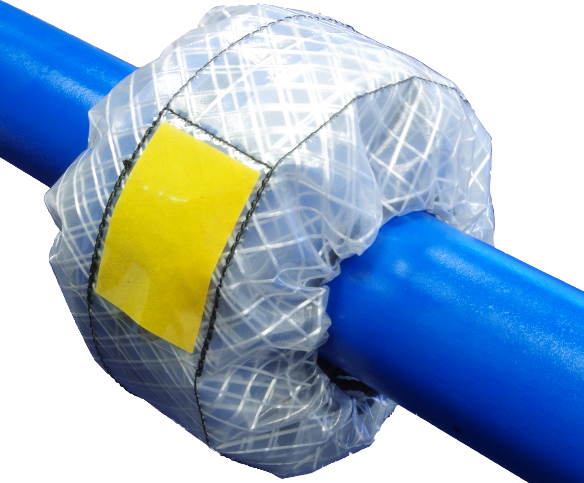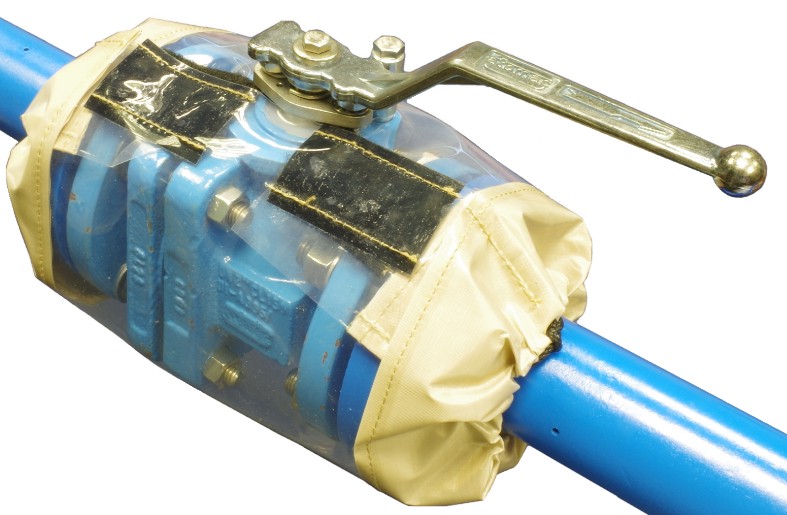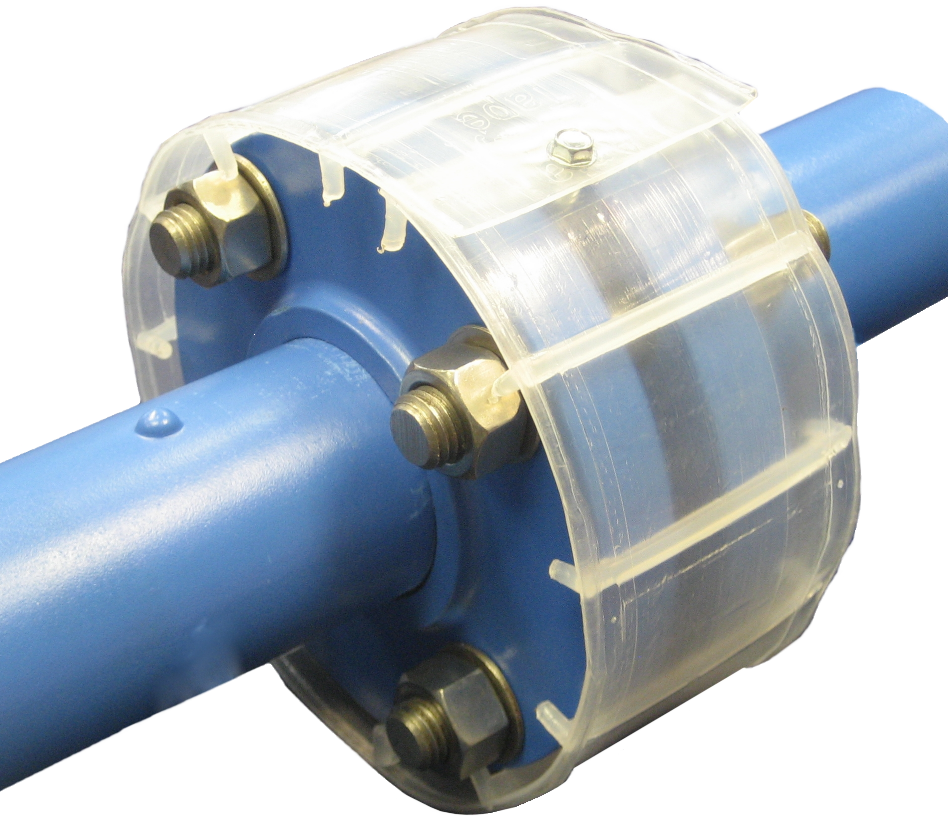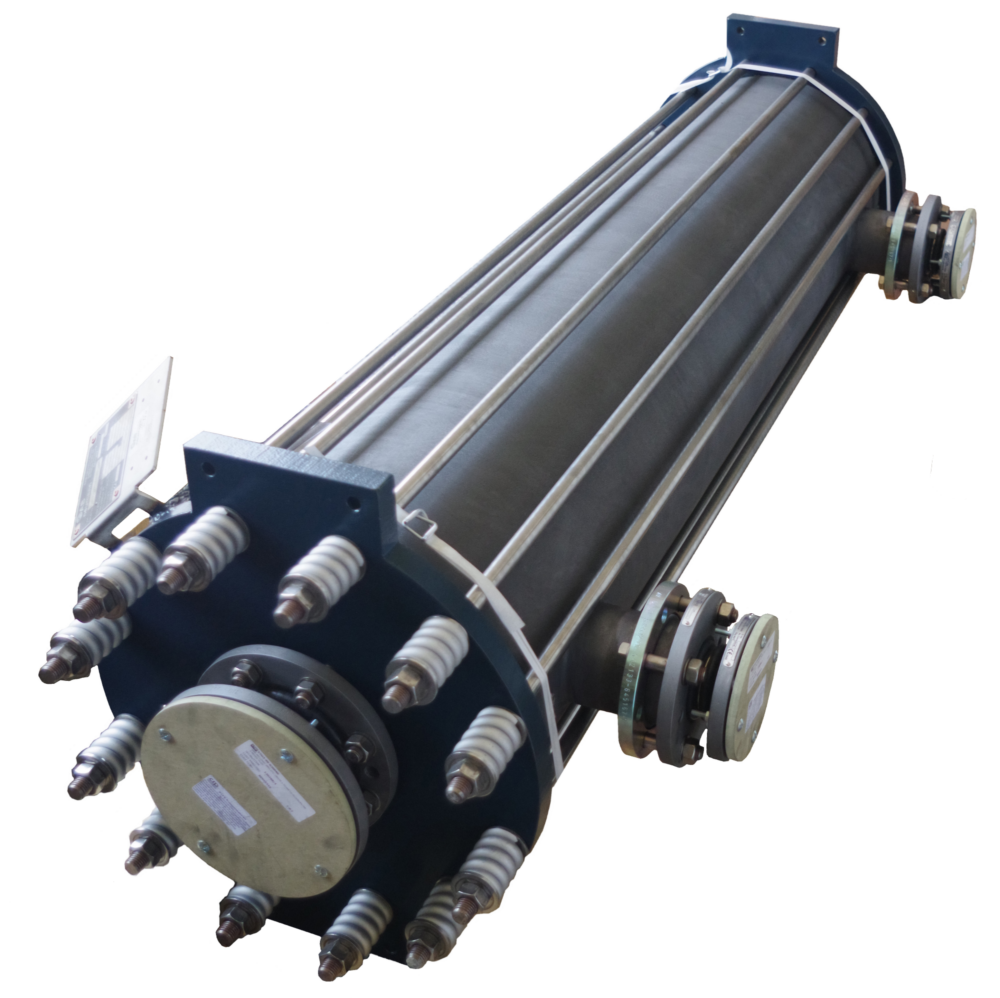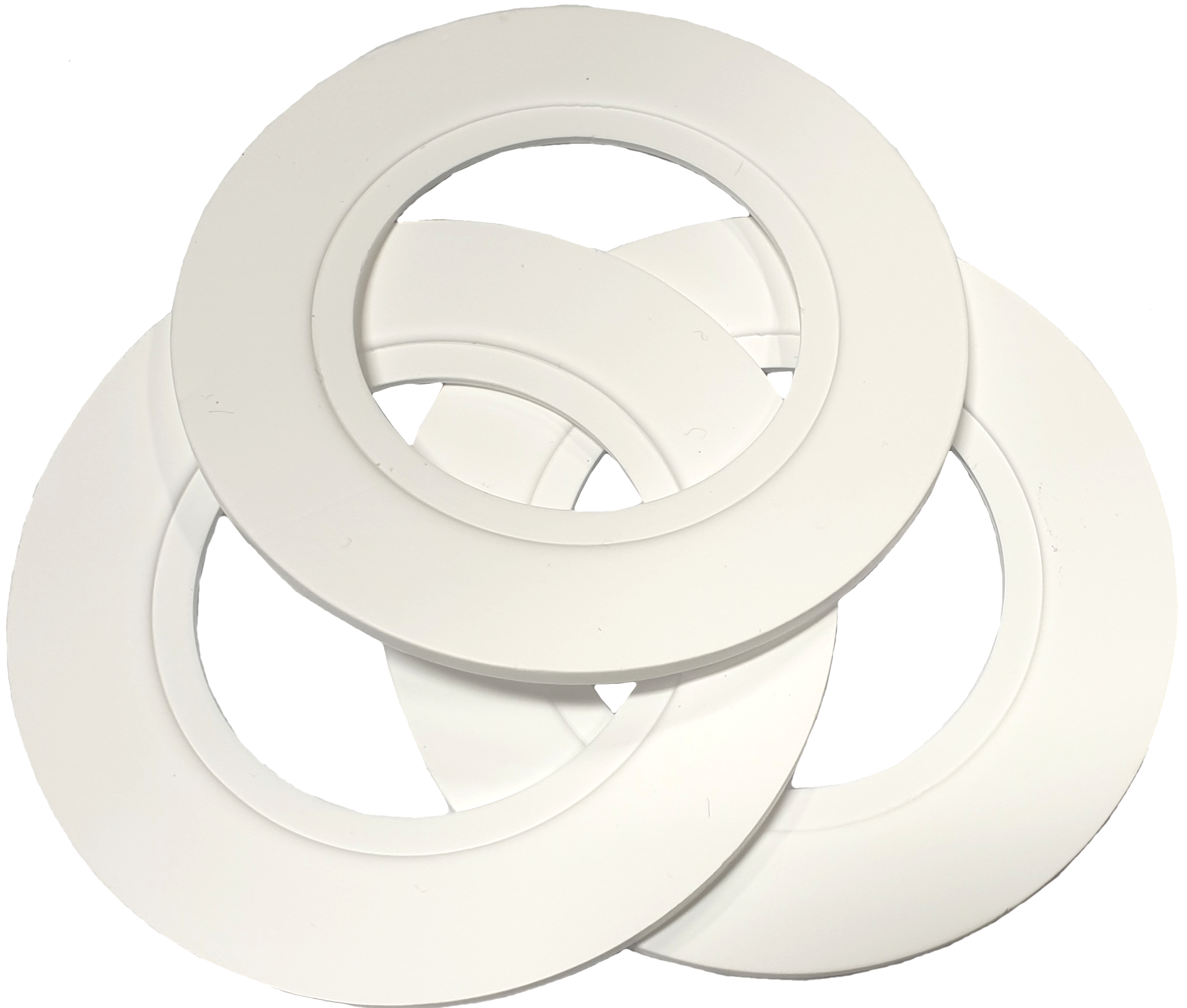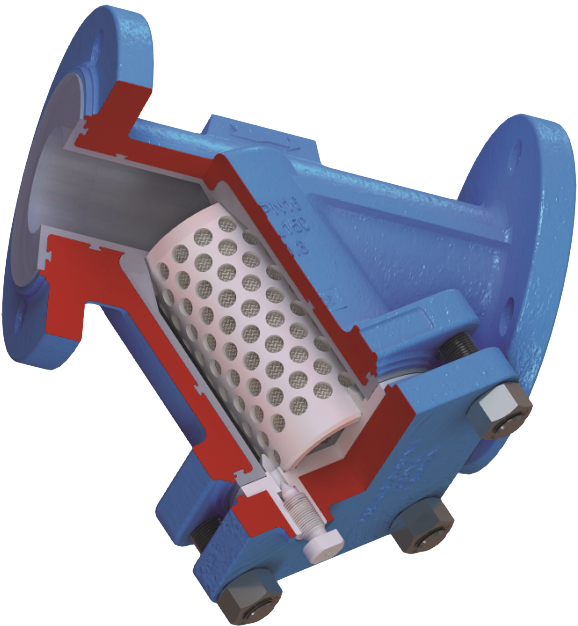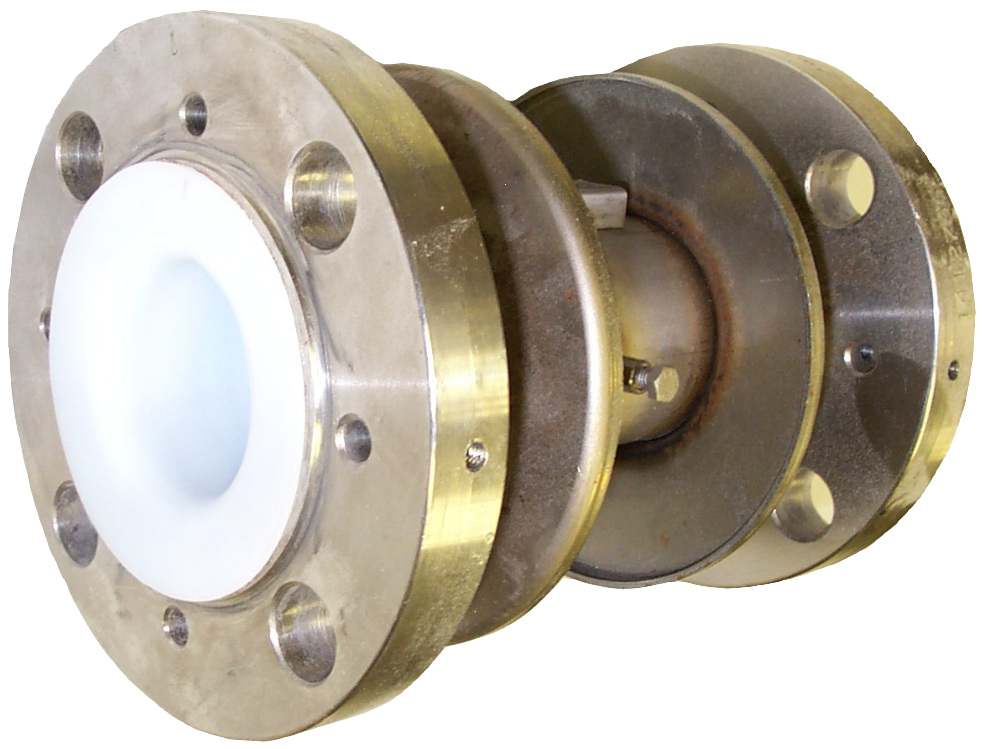
Product Testing
We acknowledge that our PTFE bellows are used to convey some of the most corrosive medias in chemical plants which require to operate within the most stringent health and safety environments.
CRP ensures that all of our bellows are thoroughly inspected and tested throughout the manufacturing process.
Tests conducted on our PTFE expansion bellows
Bellows materials are fully traceable. Bellows tubes undergo dimensional and mechanical tests after manufacture. Using calibrated ovens with precise temperature control, PTFE sintering and convolution are undertaken. Independent process checks are done using infra-red thermometry.
In-process visual inspection of the PTFE tubes is undertaken and this combined with a hydrostatic test and further visual inspection of the finished product completes the product verification. Certification is available if required to reassure the customer on materials of construction, process control and product testing.
Bellows Design & Pressure Temperature Ratings
The temperature and pressure that the bellows will withstand for extended periods of time, despite the creeping effect of the PTFE material which has significant impact especially at higher temperatures, is a key consideration in the performance of PTFE bellows.
CRP’s published pressure temperature ratings are based on a combination of testing, like bursting pressure tests (mainly for the pressure rating around ambient temperatures), long term internal pressure creep test at 304°F and pressure increase tests at various temperatures up to 392°F.
Bursting Pressure Test & Safety Factors
Bellows see a quickly increasing internal pressure (10 to 20 seconds) until they burst during the bursting pressure test. In this test the negative creeping effect will be ignored because the PTFE material has not had time to creep. The creeping effect is less critical at ambient temperatures.
CRP is one of the very few companies who do additional tests as described below for higher temperatures to cover the negative creeping effect.
A safety factor is defined as the ratio of burst pressure to allowable operating pressure. We have adopted a safety factor for the bursting pressure tests of 6 for bellows up to 6″NB and a safety factor of 4 for larger diameters. While a safety factor of 3 is considered acceptable by most other bellows manufacturers.
Pressure Increase Test
Innovative pressure increase tests have been undertaken successfully in addition to the bursting pressure tests, at 212°F, 304°F and /392°F by TÜV (a third party testing house in Germany).
These unforgiving tests slowly increase the delivered pressure to the bellows at high temperatures, encouraging the PTFE material to flow as in service. These test results confirm the outstanding creep resistance of the FluoroFlow Bellows based on the unique convolution process.
Long Term Internal Pressure Creep Test
The CRP pressure temperature ratings are based on such tests which are also required in the specification for PTFE bellows from Bayer, BASF, etc. The Long Term Internal Pressure Creep Test requires a minimum of 10 bellows of the same size under slightly different pressures at 304°F and the lifetime is recorded.
One bellows must survive more than 12 months under pressure at this temperature as an additional requirement. The results, pressure and lifetime are shown in a double logarithm chart and generate nearly a straight line with a slope, which allows an easy extrapolation to 10 years.
Lifetime Assurance
CRP Bellows are designed to have a residual safety factor of 2 after more than 10 years in operation based on the tests mentioned above.
STAY SAFE use CRP BELLOWS!
International Standards
All bellows comply with the Pressure Equipment Directive 2014/68/EU and are provided with a CE declaration of conformity.
PTFE armored bellows for high pressure performance are designed according to the EJMA international standard.
